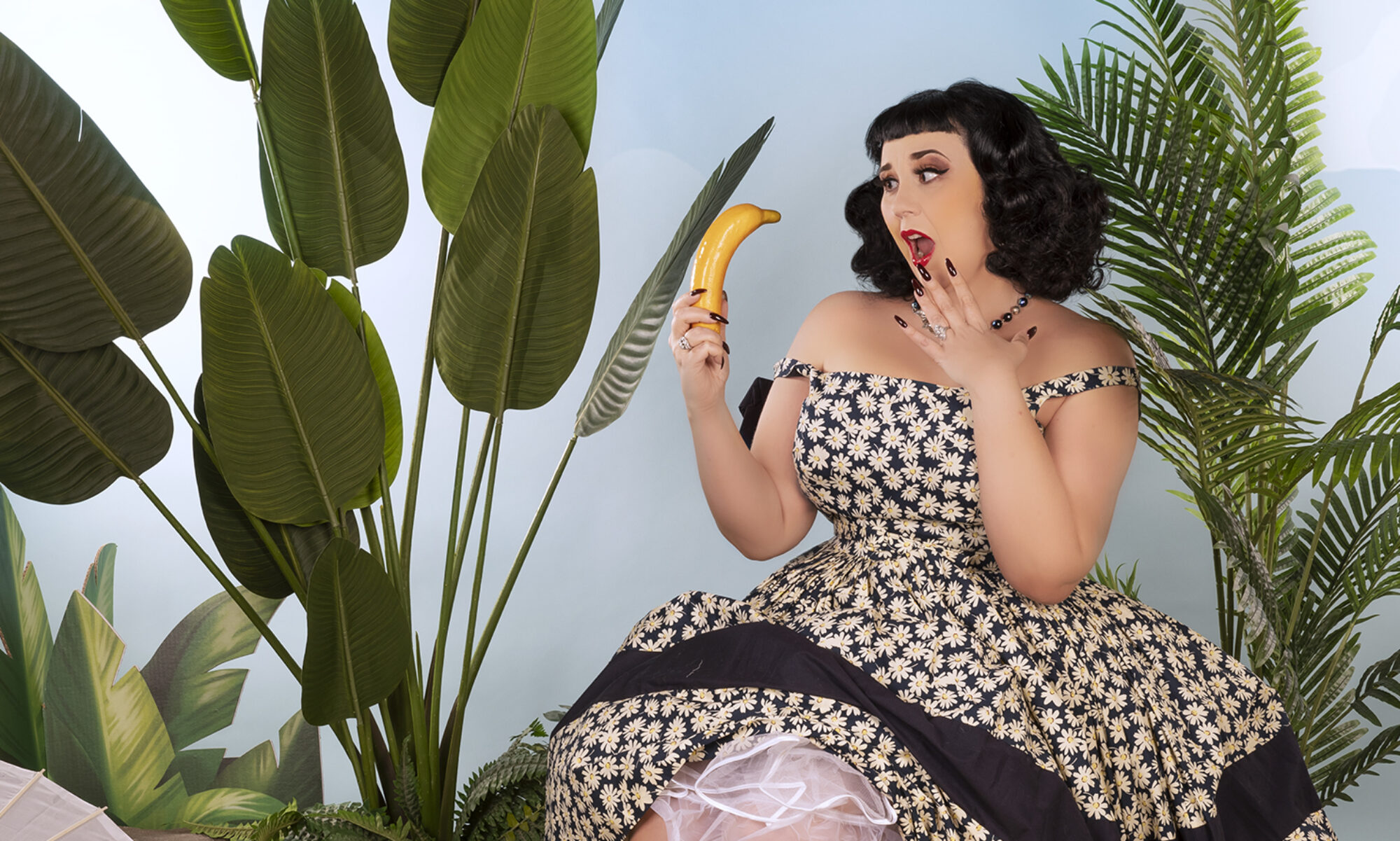
Because I love Greco-Roman antiquity, I needed to make myself a chiton. Because I’ve performed Lady Emma Hamilton’s famous, classically-inspired tableaux vivants twice in the last twelve years, I needed to make myself a chiton. Because chitons are awesome and I like them, I needed a chiton.
By this point in the blog post, you might be asking yourself, “What the heck is a chiton? Who is Lady Hamilton? And those “tableaux” thingies?” I know it sounds like a strange combination of ideas, but it’s honestly not as complicated as it seems. In fact, the chiton – a very simple women’s (and men’s!) garment originating in ancient Greece and widely used as a basic dress or underdress for women in Roman eras – is extremely easy to make and wear. But I’ll get to that in a second.
Emma, My Inspiration

First, the Lady Emma part of the explanation. Our English Regency society puts on various events dealing with events and culture from the late Georgian period of British history. In the course of preparations for a ball honoring the great naval hero Lord Horatio Nelson, I somehow got roped into playing a role. And not just any role; I would be recreating Lady Emma Hamilton’s famous “attitudes.” Lady Emma performed these silent tableaux from 1787 through the 1790s and into the early 19th century, sparking several high-profile imitations and influencing modern dance and other forms of performance art over a hundred years later. Now, this was 1999 and I was crazy busy trying to finish my last year of law school. The last thing I probably needed on my plate was a performance of some sort, but for Emma Hamilton I made an exception.

Continue reading “Historic Costume: Greco-Roman Chiton and Lady Emma Hamilton’s Attitudes”
